Businesses today face the challenge of managing large volumes of data stored in scanned documents, invoices, receipts, contracts, ID cards, and other image formats.
Extracting text from these images manually is not only time-consuming but also highly prone to errors, which can hinder operational efficiency. For example, financial institutions processing thousands of invoices each day cannot afford the inefficiencies of manual data entry, while healthcare providers must accurately digitize patient records to remain compliant with strict regulations.
In this article, we’ll explore how Optical Character Recognition (OCR) technology can help automate text extraction from images, making the process faster, more accurate, and more efficient for your business. Let’s dive in!
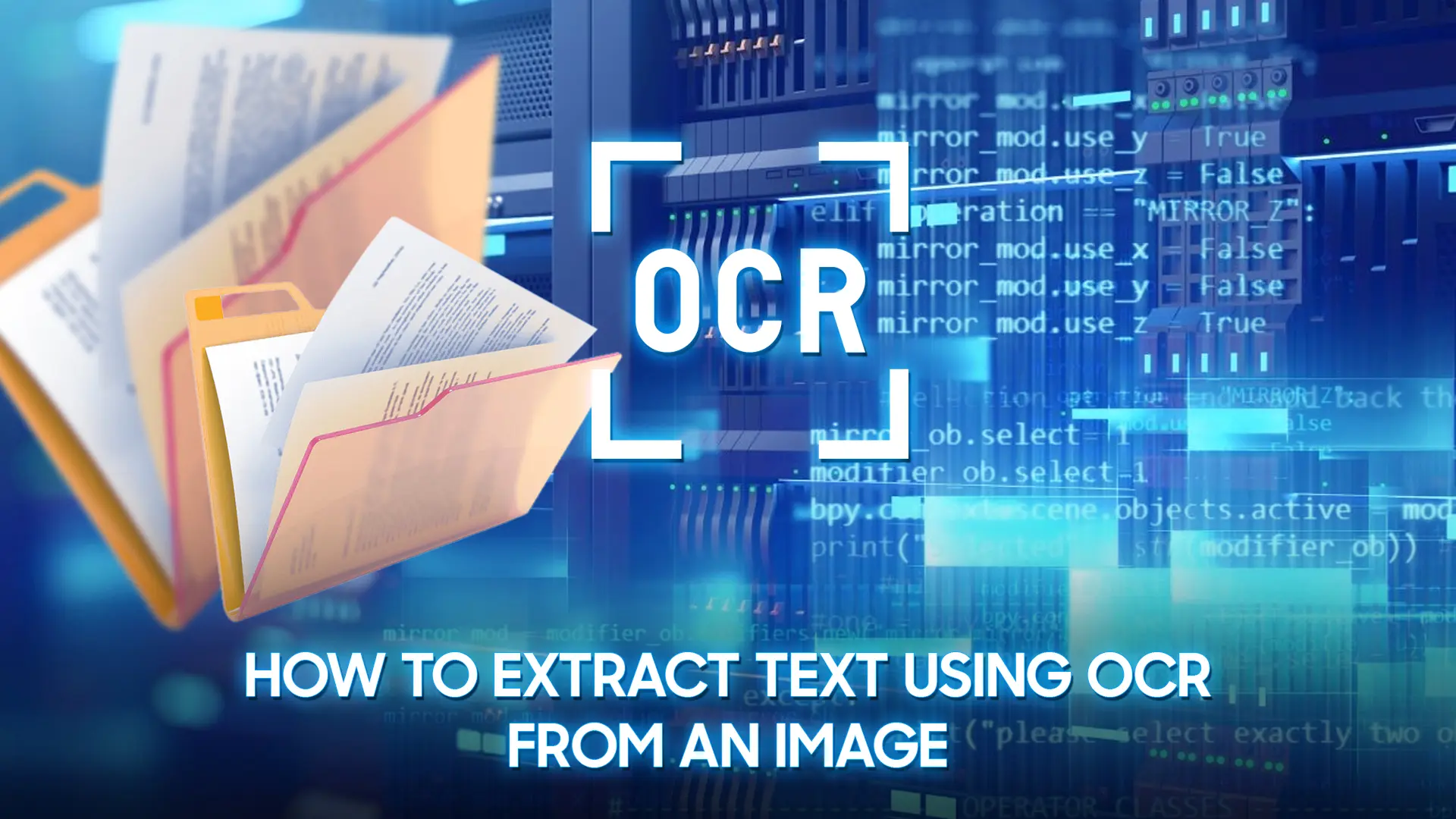
Enhancing Data Processing with Intelligent OCR Technology
Manually handling data in formats such as JPG, PNG, or PDF can be highly inefficient, as it requires significant time for analysis, and these files are challenging to manage programmatically.
For businesses that depend on processing large volumes of documents, such inefficiencies can disrupt workflows and increase operational costs. Extracting valuable data from images, such as invoices, receipts, or contracts, manually not only leads to delays but also increases the risk of errors, which can have serious operational and financial implications.
Fortunately, OCR technology offers an automated solution to convert image-based content into editable text. By leveraging OCR, businesses can extract text from images with enhanced speed and precision, transforming previously inaccessible data into actionable insights.
Beyond simple text extraction, OCR also allows businesses to efficiently extract specific data points, such as dates, amounts, or customer details, from structured or semi-structured documents. This capability significantly enhances data processing efficiency and ensures greater accuracy in managing business-critical information.
What is OCR
Optical Character Recognition (OCR) is a technology that converts different types of documents, such as scanned paper documents, PDFs, or images taken by a digital camera, into editable and searchable data.
OCR uses machine learning and pattern recognition to analyze the shapes and patterns in images, recognizing letters, numbers, and other characters. This technology is designed to help businesses automate the process of data entry, making it easier to convert image-based information into structured, actionable data.
OCR is widely used for digitizing printed documents so that they can be edited, searched, and stored more efficiently. The technology has advanced over time and is now capable of recognizing various fonts, handwritten text, and languages, making it a powerful tool for businesses looking to enhance their document processing capabilities.
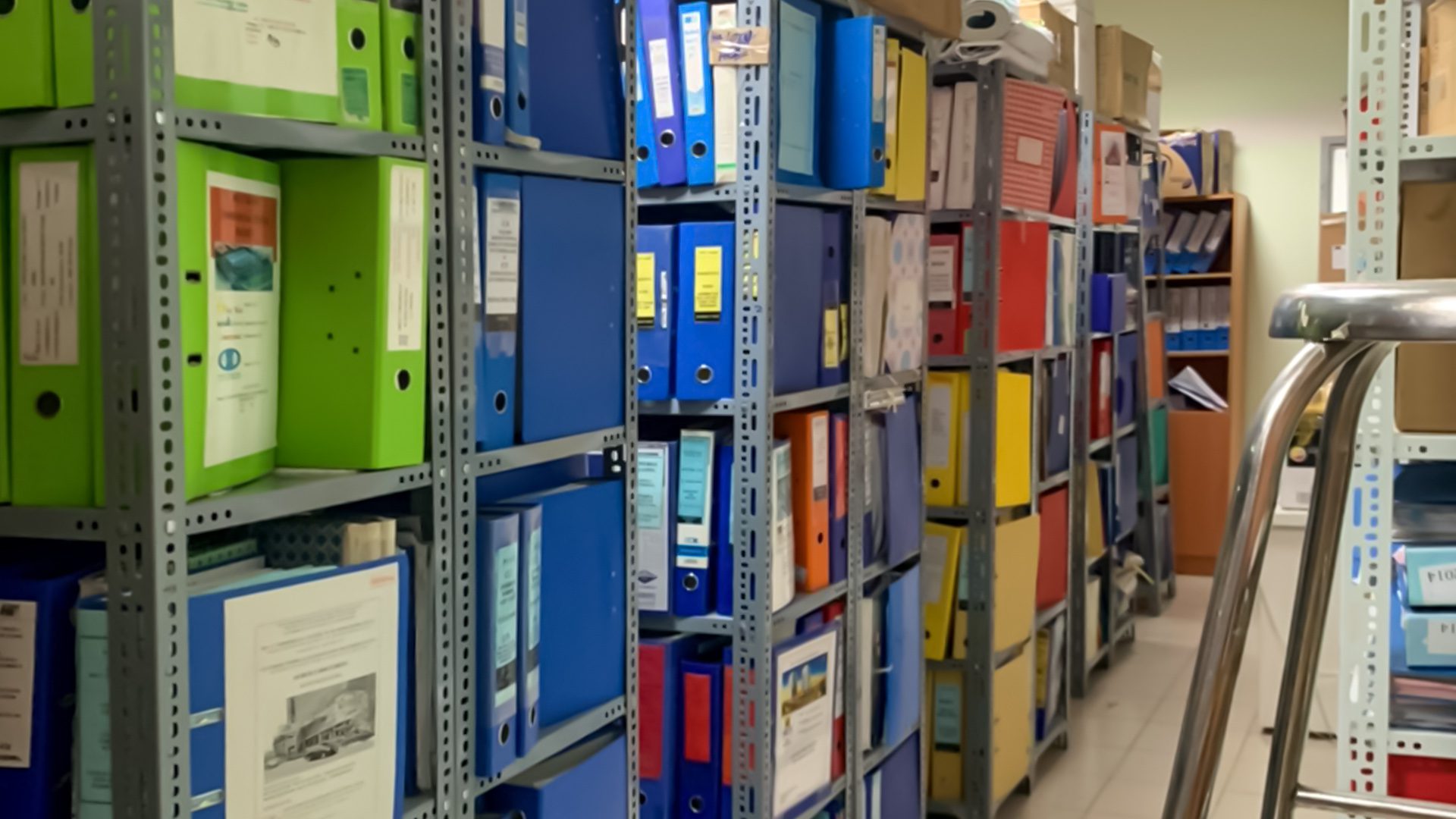
OCR Use Cases
OCR technology is highly versatile and can be used across a range of industries for various applications, including:
- Document Digitization: Converting paper documents into digital formats that are easier to store, search, and retrieve. This is particularly useful for legal and healthcare industries that deal with a large volume of records.
- Data Extraction from Forms: OCR is used to extract specific data points from forms, such as invoices, receipts, and surveys, to streamline data entry and reduce human error.
- Invoice Processing: Businesses can automate the extraction of critical data from invoices, such as dates, amounts, vendor information, and more, saving time and improving accuracy in financial management.
- Identity Verification: OCR is used to extract information from ID cards, passports, and other forms of identification, improving security and enabling faster onboarding for businesses in banking, travel, and e-commerce.
- Text Recognition in Images: OCR can be used to recognize and extract text from images, including handwritten notes, which can then be analyzed, stored, and used for further processing or analysis.
Types of Documents for OCR-Based Text Extraction
Not all OCR systems are capable of handling every document type. Some platforms require customized training to accurately process documents with unique layouts and specialized fields. Here are some common types:
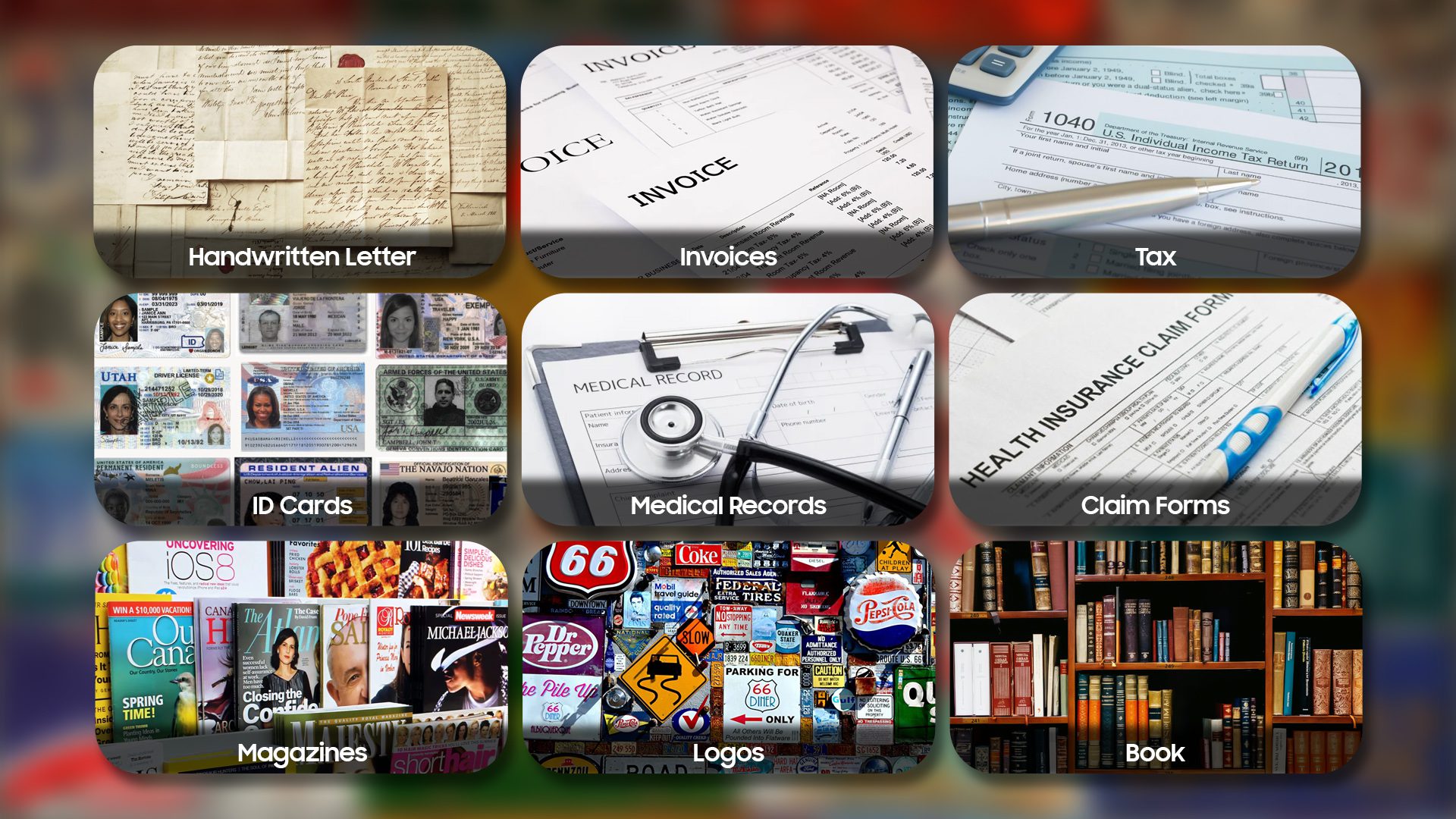
1. Printed Text Documents
OCR efficiently converts printed materials, like books, articles, letters, invoices, and receipts, into editable digital formats (e.g., Word or searchable PDFs) with up to 99.9% accuracy.
Organizations often digitize these to create searchable, cloud-based archives for easier access and long-term management.
2. Business Documents
OCR helps manage high volumes of documents – contracts, invoices, statements -by digitizing and storing them centrally.
This simplifies access for teams like finance and auditing, while extracted data supports better insights and faster decisions.
3. Official Forms and Applications
In sectors like banking or government, OCR automates data extraction from forms (e.g., tax, loan, registration), reducing manual errors and speeding up processing.
It enables tracking, quicker approvals, and digital archiving for audits or future reference.
4. Handwritten Documents
Modern OCR can recognize handwritten text, especially block letters or neat cursive.
Though accuracy may vary, it still reduces manual data entry and accelerates the digitization of handwritten notes, forms, or records.
5. ID Cards and Identification Documents
OCR extracts key fields (name, DOB, gender, address, etc.) from IDs like passports or driver’s licenses using key-value pair recognition.
This streamlines KYC and onboarding processes in sectors such as banking and insurance.
6. Industry-Specific Documents
| 1. Healthcare Documents | OCR helps hospitals and clinics digitize medical records, store them securely in the cloud, and ensure easy access for authorized staff. It also supports compliance with healthcare regulations like HIPAA by protecting patient data. |
| 2. Insurance Claims | By automating data extraction from claim forms, OCR reduces paperwork and accelerates processing times, leading to faster patient discharge and improved service quality. |
| 3. Educational & Training Materials | Organizations use OCR to convert manuals and training content into searchable digital resources. This simplifies employee onboarding and enhances customer self-service experiences. |
7. Multilingual Documents
Modern OCR systems can detect and extract text from documents in multiple languages, making them ideal for global businesses handling international contracts, customer records, or compliance documents. The system automatically applies the correct language model for better accuracy.
However, when multiple languages appear within the same sentence or paragraph, OCR may misinterpret context, leading to recognition errors.
8. Documents with Tables
OCR can accurately extract data from structured elements like rows, columns, checkboxes, and text fields—making it ideal for processing forms, reports, and spreadsheets.
However, complex tables with merged or uneven cells may reduce accuracy. Even so, OCR is a valuable tool for turning tabular data into structured formats ready for databases and analysis.
9. Documents with Images
OCR can extract text from images, including logos, watermarks, and scanned visuals, which helps redact sensitive info or retrieve embedded content.
It works even with non-standard layouts, though accuracy may drop when text is distorted, embedded in complex backgrounds, or uses rare fonts.
Despite such challenges, OCR remains a key tool for converting image-based documents into searchable, editable formats.
Why We Should Use OCR to Extract Text from an Image
Extracting text from images offers numerous advantages for businesses, helping to streamline operations, improve accuracy, and enhance efficiency. Here’s why it’s crucial for businesses to leverage text extraction from images:
- Improved Efficiency and Time Savings:
Manually extracting data from images, such as invoices, receipts, or contracts, is a slow and labor-intensive process. By automating this task with OCR technology, businesses can save valuable time and reduce the workload on employees. This allows them to focus on more strategic, high-value tasks, ultimately increasing overall productivity.
- Error Reduction:
Manual data entry often leads to human errors, which can have significant consequences, especially in industries like finance, healthcare, and law. By using OCR technology, businesses can eliminate the risk of transcription mistakes, ensuring more accurate data extraction. This not only reduces costly errors but also enhances compliance and operational efficiency.
- Better Data Accessibility and Searchability:
Once text is extracted from images, it can be easily edited, searched, and indexed. This transformation makes it much more efficient to manage large volumes of data, allowing businesses to quickly locate specific information, analyze patterns, and make informed decisions.
As a result, businesses can improve their response times, streamline processes, and enhance overall productivity.
- Streamlined Document Management:
Managing and organizing paper-based documents can be difficult and inefficient. By converting image-based documents into text, businesses can digitize their files, making them easier to store, access, and share. This enhances remote work capabilities, simplifies cloud storage, and allows for seamless integration with business management systems.
- Cost Reduction:
Manually extracting data from images is time-consuming and expensive, as it requires a lot of human effort for repetitive tasks. By automating the process with OCR, businesses can eliminate the need for manual data entry, reduce labor costs, and speed up workflows. This leads to lower operational expenses and a higher return on investment by increasing productivity and reducing errors.
- Compliance and Security:
For businesses in regulated industries like healthcare, finance, and legal sectors, OCR helps ensure compliance with data privacy and documentation regulations. The data extracted from images in these sectors, such as patient records, financial details, or legal documents, is often sensitive and requires high accuracy.
OCR technology ensures this information is captured correctly and securely, reducing the risk of human error and minimizing the chances of non-compliance.
- Enhanced Customer Experience:
For customer-centric industries, extracting text from images can improve services like invoice processing, onboarding, and form submissions, providing faster and more accurate responses.
This means businesses can quickly and accurately capture important details such as customer information, payment amounts, and medical records without manual intervention.
As a result, processes like invoice processing can be completed in minutes and form submissions are instantly processed, reducing delays and the chance for human error. This automation not only speeds up operations but also improves the quality of service, leading to faster responses, better accuracy, and higher customer satisfaction..
By extracting text from images, businesses can transform previously static and hard-to-manage data into actionable insights, improving workflows, decision-making, and overall productivity.
How to Extract Text from Images with OCR
Extracting text from images is a crucial process for businesses looking to digitize and manage large volumes of documents efficiently. Whether dealing with scanned invoices, contracts, receipts, or handwritten notes, Optical Character Recognition (OCR) technology enables businesses to convert image-based content into editable and searchable text. Below is a step-by-step guide on how to extract text from images effectively:
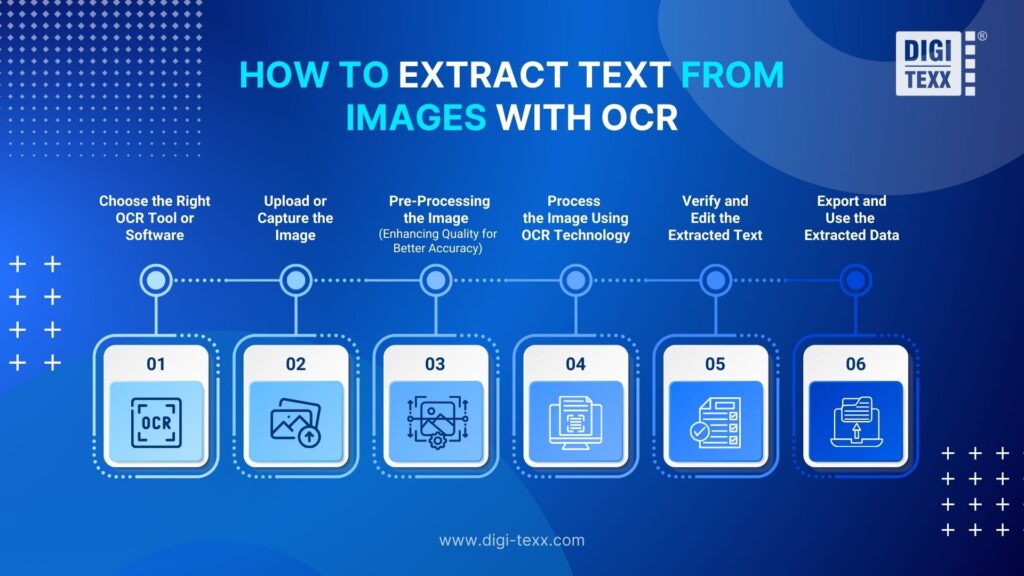
1. Choose the Right OCR Tool or Software
There are various OCR tools available, ranging from free online services to advanced enterprise-level solutions. When choosing an OCR tool, consider the following key factors:
- Accuracy: Look for a tool that can accurately recognize text from different fonts, handwriting, or low-quality scans.
- Language Support: If your business handles multilingual documents, select a tool that supports multiple languages.
- Integration Options: Some OCR solutions offer API integrations that allow seamless automation within existing business systems, helping streamline workflows.
Popular OCR tools include:
| OCR Tool | Key Features | Best For | Integration & Customization |
| DIGI-XTRACT | – Auto classification of diverse document types – Secure data extraction with field-level confidence scores – AI-based quality control and image enhancement – Real-time monitoring and reporting | – Businesses processing structured, semi-structured & unstructured data – Industries: banking, insurance, healthcare, NGOs, e-commerce, etc. – Organizations needing high accuracy & integration with internal workflows | Highly customizable via API Gateway & QC tools |
| Tesseract OCR | – Open-source OCR engine developed by Google – Supports multiple languages – Works well with printed text | – Developers and researchers – Projects with basic – OCR needs – Cost-sensitive solutions | High customization, which requires coding |
| Google Cloud Vision OCR | – Cloud-based OCR service – Supports handwriting and printed text – Integrated with Google Cloud Platform | – Enterprises with cloud infrastructure – Applications needing fast setup and scalability | Easy to integrate via API |
| ABBYY FlexiCapture | – Advanced data capture from structured and semi-structured documents – Powerful classification and validation rules – Strong multi-language support | – Enterprises in finance, insurance, legal sectors – High-volume document processing with accuracy needs | High customization, enterprise-ready |
| Amazon Textract | – OCR with AI/ML to detect layout and context – Extracts tables, forms, and key-value pairs – Integrated with the AWS ecosystem | – Businesses using AWS – Applications requiring contextual understanding of documents | Scalable API-based service |
| Adobe Acrobat OCR | – Built into Adobe Acrobat – Converts scanned PDFs into searchable and editable files – Good for personal or office use | – Office users – Small-scale document digitization needs | Low customization, easy-to-use UI |
2. Upload or Capture the Image
After selecting an OCR tool, the next step is to provide the image or document for text extraction. This can be done through the following methods:
- Scanning: Digitize a physical document by scanning and saving it in JPG, PNG, or PDF format.
- Uploading: Select an existing image file from your computer, cloud storage, or other digital sources.
- Capturing: Use a smartphone or camera to take a clear photo of a printed document.
For the best OCR accuracy, ensure the image is well-lit, high-resolution, and free from distortions or obstructions.
3. Pre-Processing the Image (Enhancing Quality for Better Accuracy)
To achieve the best OCR results, it’s essential to optimize the image before processing. Poor-quality images can lead to misinterpretation of characters, resulting in inaccurate text extraction. Below are key pre-processing techniques to enhance image quality:
- Image Binarization: Convert the image into a black-and-white format to enhance contrast between text and background, making characters more distinguishable.
- Noise Reduction: Eliminate unwanted background noise, smudges, or artifacts that may interfere with text recognition. This is especially useful for scanned documents with faded or distorted text.
- Skew Correction: Straighten tilted or misaligned text, ensuring that OCR engines can correctly recognize characters without distortion.
- Text Segmentation: This separates individual characters or words, preventing overlapping text from being misread as a single entity. This is particularly helpful for handwritten or densely packed text.
Some OCR tools automatically apply these enhancements, while others allow users to manually adjust settings for better accuracy. Ensuring a high-quality input image significantly improves OCR performance and minimizes errors.
4. Process the Image Using OCR Technology
Once the image is optimized, the OCR tool processes it to extract text. The OCR engine scans the image, identifies text patterns, and converts them into machine-readable text through the following steps:
- Character Recognition: Detects and identifies individual letters, numbers, and symbols.
- Word Formation: Groups recognized characters into meaningful words and phrases.
- Structural Analysis: Recognizes document layouts, such as tables, paragraphs, and formatting elements, preserving the original structure.
Many OCR solutions support batch processing, allowing businesses to process large volumes of documents efficiently, reducing manual effort and improving productivity.
5. Verify and Edit the Extracted Text
While OCR technology delivers high accuracy, errors can still occur, particularly with low-quality scans or handwritten text. To refine extracted text:
- Review the output for misread characters, missing words, or formatting inconsistencies.
- Leverage built-in tools such as spell-check and AI-powered text correction features in OCR software.
- Manually edit and refine the text to ensure precision, especially in legal or financial documents.
- Implement human verification for critical business documents to further enhance accuracy and compliance.
Taking these steps ensures that the extracted text is reliable and ready for use in business processes.
6. Export and Use the Extracted Data
Once verified, the extracted text can be exported into various formats for further processing. Common export options include:
| Export Format | Use Case |
| Plain Text (.txt) | Quick edits and basic text storage |
| Word Document (.docx) | Structuring content with formatting options |
| Excel Spreadsheet (.xlsx) | Extracting tabular data (e.g., invoices, reports) |
| Searchable PDF | Retaining document layout while enabling search |
| Database/CRM System | Automating data entry for business workflows |
Practical tips for text extraction from images
Extracting text from images using OCR technology can greatly improve efficiency, but achieving high accuracy depends on various factors. Below are some practical tips to enhance the effectiveness of text extraction:
1. Use High-Quality Images
The quality of the image you are using significantly affects OCR accuracy. To get the best results, it’s essential to capture images in high resolution (at least 300 DPI for scanned documents). High-resolution images contain more details, making it easier for OCR technology to recognize the text accurately.
Proper lighting is also crucial; you should ensure that the image is evenly lit, avoiding shadows, glare, or overexposure that can interfere with text recognition.
Additionally, blurry or skewed images can confuse the OCR software, leading to errors in the extracted text. To avoid this, keep the camera steady or use a tripod to prevent any distortions.
2. Optimize Image Pre-Processing
Before performing OCR, it’s a good idea to optimize the image to improve the accuracy of text recognition.
One way to do this is by converting the image to grayscale or black-and-white. This helps to increase the contrast between the text and the background, making it easier for OCR to identify the characters.
Noise reduction is another important pre-processing technique; removing background noise, smudges, or distortions will enhance the readability of the text. If the text is misaligned or tilted, use skew correction to straighten the text for better recognition.
Additionally, cropping the image to remove unnecessary parts, such as borders or irrelevant backgrounds, helps focus the OCR on the important text, improving the extraction process.
3. Choose the Right OCR Software
The OCR tool you choose will have a significant impact on the quality of text extraction.
For example, Tesseract OCR is an open-source tool that works well for structured documents and supports multiple languages. Google Cloud Vision OCR and Microsoft Azure OCR are AI-powered solutions known for their high accuracy, especially with complex or varied document types.
For businesses looking for enterprise-level document processing, ABBYY FineReader and Adobe Acrobat Pro are excellent choices due to their accuracy and reliability. If you need OCR on the go, mobile OCR apps are convenient for text extraction from receipts or ID cards.
4. Handle Handwritten Text Carefully
Handwritten text can be more challenging for OCR systems compared to printed text as it’s less consistent. To improve recognition, it’s best to use block letters rather than cursive handwriting, as they are easier for OCR software to interpret.
You can also use machine learning-based OCR models, such as Google Cloud Vision or Amazon Textract, which are designed to better recognize handwritten text. However, for critical handwritten content, manual verification and correction remain necessary to ensure accuracy.
5. Extracting Text from Tabular Data
When extracting text from tables, such as invoices or financial reports, it’s essential to use OCR tools that are capable of recognizing structured layouts.
Tools like ABBYY FineReader can effectively identify tables and columns, which is crucial for maintaining the accuracy of data extraction.
Once the text is extracted, exporting it into formats like Excel or CSV allows for easier data management and analysis.
Some OCR solutions also include AI-based table recognition to detect and align rows and columns, further improving the accuracy of the extracted data.
6. Post-Processing for Better Accuracy
Even with advanced OCR technology, some errors may still occur. To improve the accuracy of the extracted text, you can use spell-checking and grammar-checking tools to correct common OCR mistakes. AI-based text validation, especially for industry-specific terms, can also help ensure that the extracted text meets the required standards.
Additionally, applying pattern recognition techniques, such as regular expressions, can help identify specific data types like dates, addresses, or invoice numbers, ensuring that the extracted text is formatted correctly.
7. Automate OCR for Large-Scale Processing
For businesses dealing with large volumes of documents, manual text extraction isn’t a practical solution. Instead, implementing OCR APIs for automated text extraction can save time and improve efficiency. Integrating OCR technology with document management systems (DMS) or enterprise resource planning (ERP) software can help streamline the entire document processing workflow.
Additionally, using batch processing allows businesses to process multiple documents at once, eliminating the need for manual uploads and making the entire process more efficient.
By following these practical tips, businesses can ensure more accurate text extraction from images, ultimately improving workflow efficiency and reducing operational costs.
Top Industries That Should Use OCR to Extract Text from Image
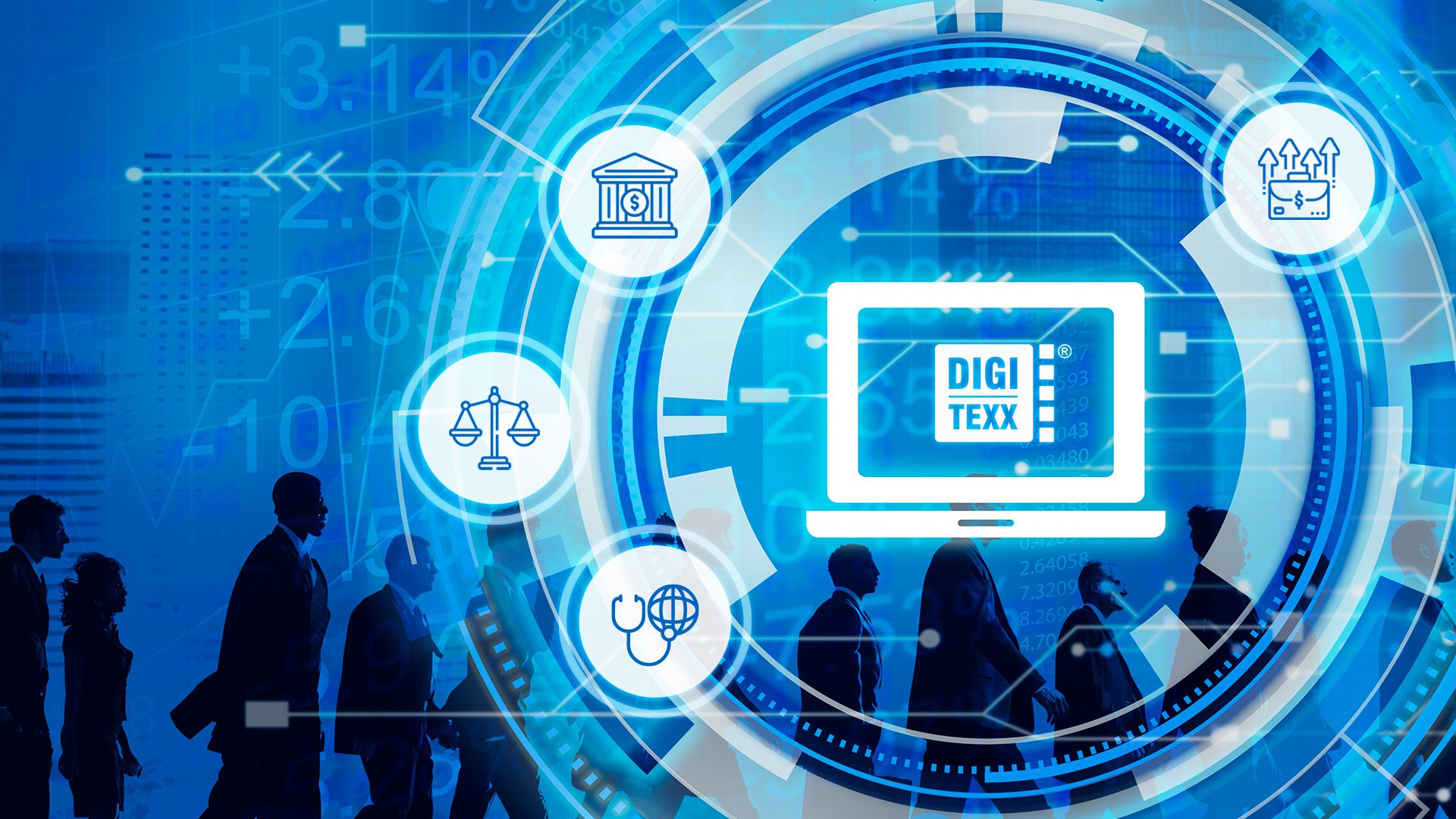
Certain industries can greatly benefit from OCR technology. By automating the extraction of text from images, businesses in these sectors can improve efficiency, reduce manual errors, and streamline their operations. Here are some of the key industries that can leverage OCR for better results.
| Industry | Types of Image-Based Documents | How OCR Extracts Data | Key Benefits |
| Banking & Financial Services | – Scanned checks – Bank statements – Loan applications – ID cards | – Extract text from handwritten & printed checks for automated processing – Capture transaction details from scanned bank statements – Read customer details from loan forms & ID cards | – Faster transaction verification – Reduce manual data entry errors – Improve fraud detection |
| Healthcare & Medical Services | – Handwritten prescriptions – Patient records – Medical reports – Insurance claims | – Convert handwritten doctor prescriptions into digital text – Extract patient details from medical records for EHR integration – Capture data from insurance claim forms for automated processing | – Enhance patient care – Faster medical record retrieval – Streamline insurance claim approvals |
| Legal & Compliance | – Contracts & agreements – Court documents Regulatory filings | – Extract key clauses & terms from scanned contracts – Digitize legal documents for searchable databases – Automate compliance checks by identifying relevant legal terms | – Faster document search & retrieval – Reduce paperworkImprove compliance monitoring |
| Retail & E-Commerce | – Invoices & receipts – Product labels & barcodes – Shipping manifests | – Extract transaction details from scanned receipts & invoices – Read product details from scanned barcodes & labels – Capture order details from shipping manifests | – Improve inventory management – Faster checkout & order processing – Reduce manual errors in billing |
| Insurance | – Policy documents – Customer application forms – Handwritten claims reports | – Capture policyholder information from scanned application forms – Extract key data points from claims documents for faster processing – Identify fraudulent claims by analyzing inconsistencies in scanned documents | – Quicker policy issuanceFaster claim approvals – Enhance fraud prevention |
| Logistics & Transportation | – Waybills & invoices – Customs clearance forms – Delivery receipts | – Extract shipping details from scanned invoices & receipts – Automate customs documentation by converting paper forms into digital data – Capture tracking numbers from shipping labels for automated tracking | – Faster package processing – Reduce paperwork bottlenecks – Improve shipment tracking |
| Education & E-Learning | – Student records & transcripts – Handwritten exam papers – Academic research papers | – Digitize student records for easy access & management – Convert handwritten answers into text for automated grading – Extracted content from scanned research papers for digital archives | – Streamline student data management – Reduce administrative workload – Improve accessibility of learning materials |
| Government & Public Sector | – Identity documents (passports, licenses) – Census & tax forms – Public records & applications | – Extracted personal details from scanned – ID cards & passports for identity verification – Automate data capture from tax & census forms – Digitize public records for easy search & retrieval | – Faster citizen service processing – Reduce administrative costs – Improve data security |
Key Highlights
After exploring how to extract text from images using OCR technology, we’ll summarize the key points to help you apply them directly to your business operations.
- OCR Technology Simplifies Data Extraction: OCR technology transforms image-based documents into editable text, removing the need for manual data entry and reducing the likelihood of errors.
- Applicable Across Various Industries: From banking and healthcare to logistics and education, OCR helps businesses in diverse sectors enhance efficiency and accuracy in processing documents.
- Boosts Operational Efficiency: OCR automates repetitive and time-consuming tasks, enabling businesses to improve productivity and focus on strategic priorities.
- Improves Compliance & Data Management: By digitizing and organizing documents, OCR ensures better compliance with industry regulations and offers enhanced data management capabilities.
- Business Transformation with Automation: Implementing OCR leads to faster, more efficient workflows, reducing the workload on employees and increasing operational performance.
At DIGI-TEXX, we specialize in advanced BPO services that leverage cutting-edge OCR technology to streamline your document management and data processing. By integrating OCR into your workflows, you can not only automate routine tasks but also enhance accuracy and reduce operational costs. If you’re ready to see how OCR can transform your business, explore our Image Processing Services and start optimizing your operations today.
=> You might like:


